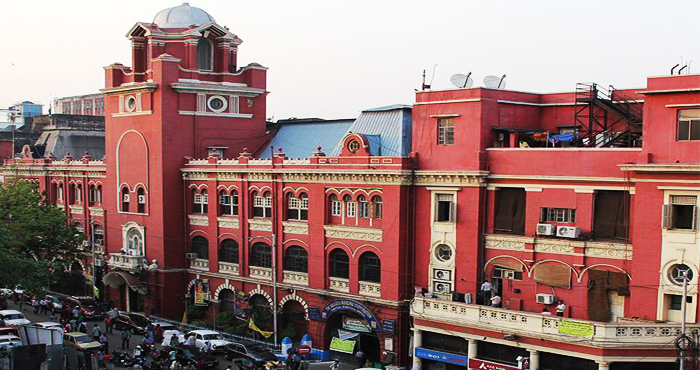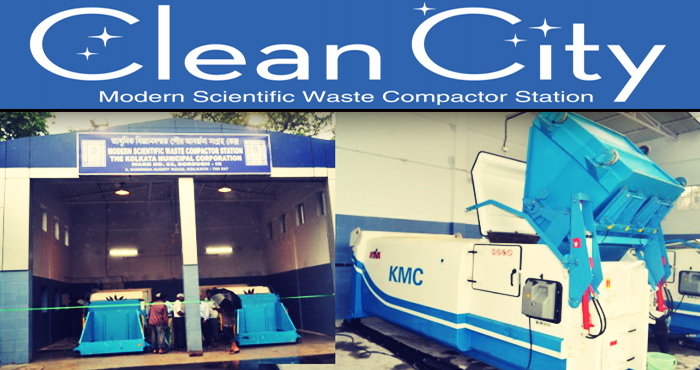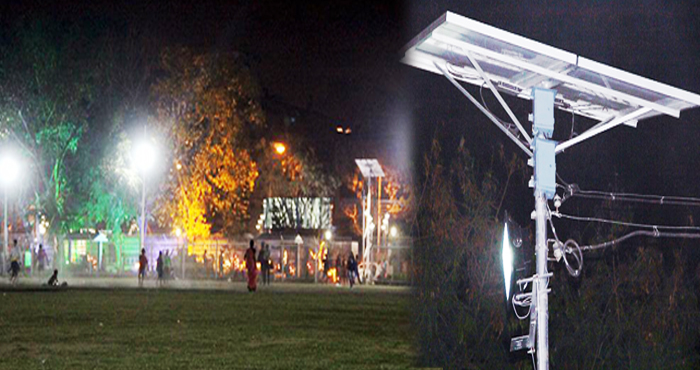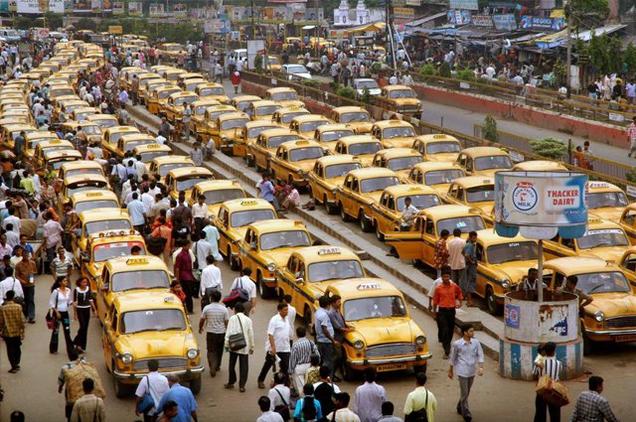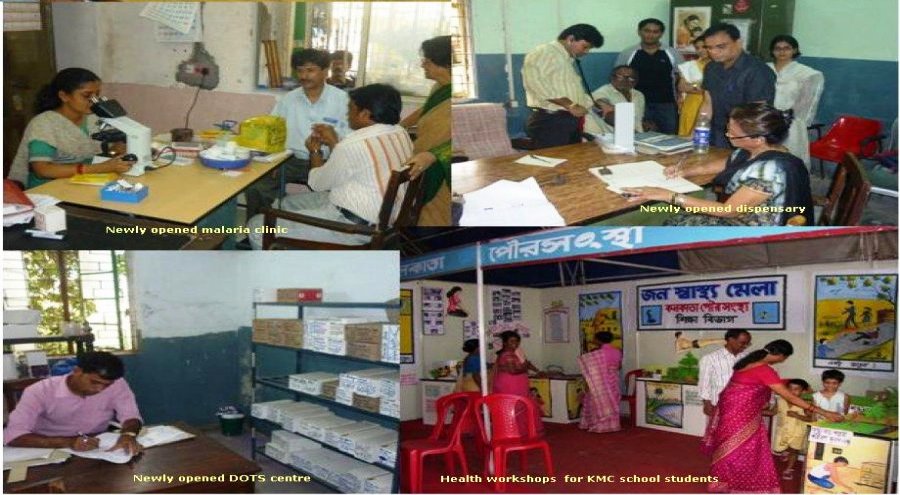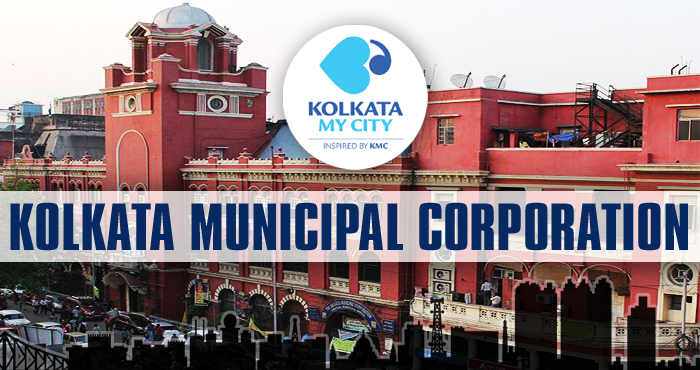A property owner in the city will get the option of adopting the Unit Area Assessment (UAA) method of valuation from next April along with the existing method of determining property tax.
Kolkata Municipal Corporation officials believe the UAA system will make tax collection transparent, tax-paying easier and generate more revenue.
After the new method is introduced, corporation inspectors will not visit the taxpayers’ properties as they do now. Instead, taxpayers will make a self-assessment of their properties and fill in a self-declaration form sent by KMC.
The corporation will only charge 10% of the annual valuation of the property , which will be revised every six years, as property tax. This is applicable only if there are no additions or alterations of the property between two assessment years.
If owners make alterations to the property, they have to mention it in the form. If someone tries to hide it, there will be a high penalty, sources said. KMC will also send an objection form where a tax payer can argue against the existing tax rate.
Those who accept a flat 10% hike on annual valuation will be sent a re vised tax bill. Assessees who have made changes to their premises will be sent a fresh tax bill based on their declarations.
And those who disagree will have to submit the objection form that will then go to KMC assessment department for special hearing.
First published in The Times of India, 17.09.2015

